The 13 most powerful members of 'Skull and Bones'
William Howard Taft — Class of 1878

Walter Camp — Class of 1880
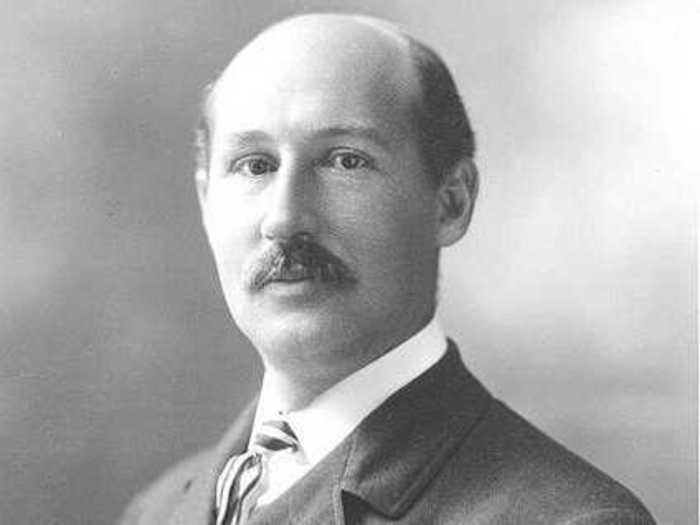
Known as the "father of American football," Camp, with other classmates, developed the game from the Brits' version of rugby. He played in the first rugby game at Yale against Harvard in 1876.
Camp created many of modern football's rules, such as assessment of points and limiting the field-team to 11 men per side. But most importantly, he brought organization and esteem to the game, serving on the rules committee until his death.
Camp also established the National College Athletic Association, still operating today. During World War I, most of the armed forces conditioned using his tactics.
Lyman Spitzer — Class of 1935
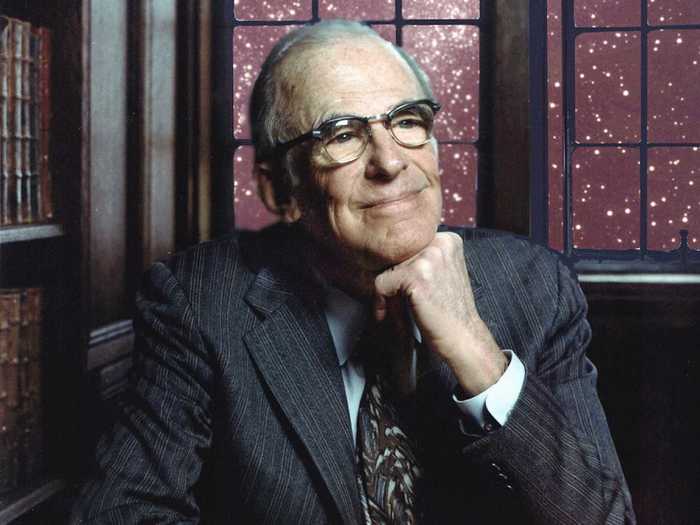
A noted astrophysicist, Spitzer dreamed up the idea behind the Hubble Space Telescope — the first method to observe space uninhibited by the Earth's atmosphere. He also lobbied NASA and Congress for the funds and oversaw production of the actual machine.
After 44 years, NASA launched the Hubble into space. The Hubble remains there today, providing stunning images of the universe and making new discoveries.
NASA named the Spitzer Space Telescope in his honor.
Potter Stewart — Class of 1937
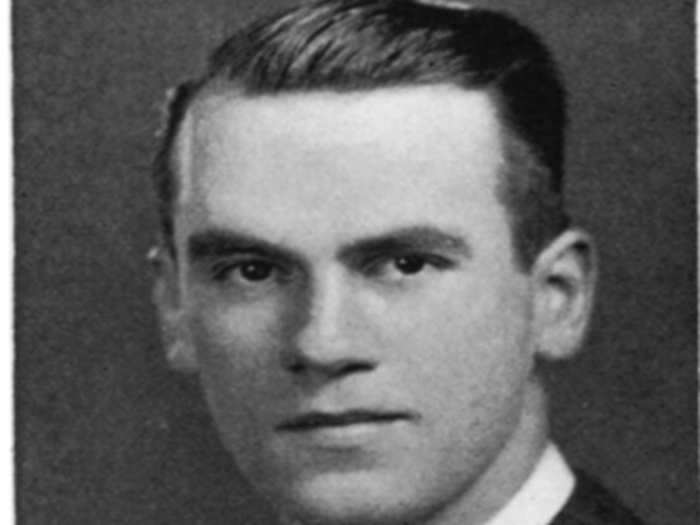
The son of a Midwestern congressman, Stewart became the editor of The Yale Law Review during his time at Yale.
As a Supreme Court justice, Potter sat firmly in the middle of an ideological war on the bench.
Notably, he wrote a dissent in Griswold v. Connecticut in 1965, invalidating a state law that banned contraceptives. The opinion found that law was a violation of the right to marital privacy. His opinions in various cases also helped solidify Fourth Amendment protections.
Stewart also became famous for this quote about hardcore pornography: "I know it when I see it."
McGeorge Bundy — Class of 1940
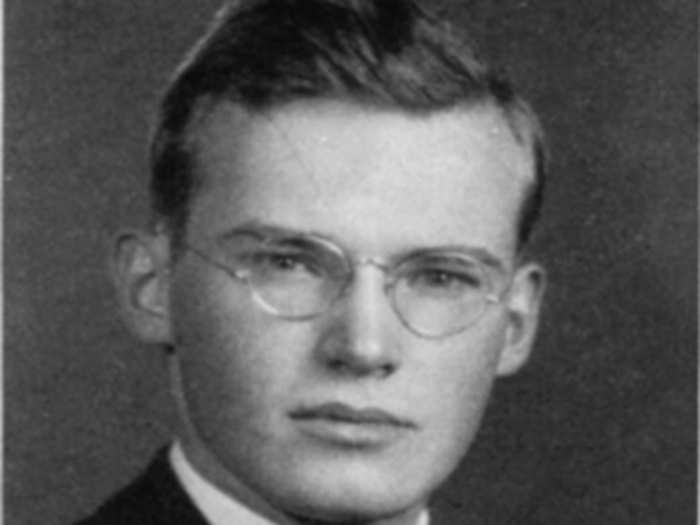
Before becoming one of JFK's "Wise Men," Bundy may have relied on his big brother to help him get into Skull and Bones. William Bundy, who graduated a class earlier, went on to serve as State Department liaison official, notably during the Bay of Pigs invasion.
"Odin," as fellow Bonesmen called him, however, left his own mark on the world, though potentially not all positive.
One of the Kennedy's advisors, Bundy heavily impacted the evolution of the Vietnam War. After his death, fellow officials used his notes to express regret about many policies enacted during the era.
George Herbert Walker Bush — Class of 1948
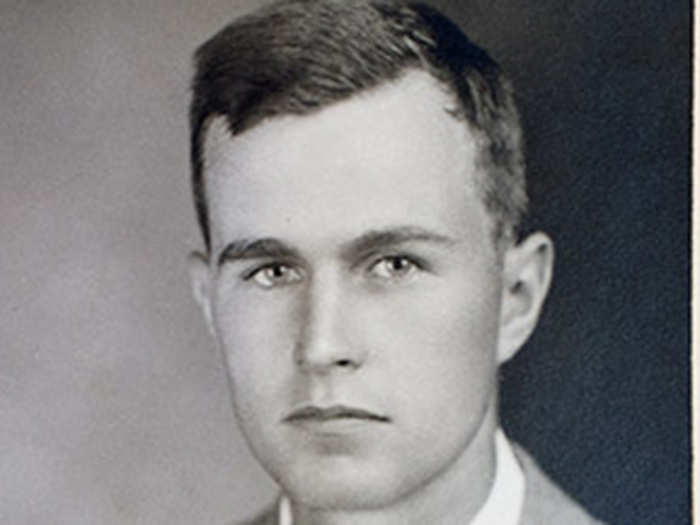
Before Bush became the second Bonesman to occupy the Oval Office, he was also a pilot in WWII and served as ambassador to Communist China, director of the CIA, and of course, vice president to Ronald Reagan.
As president during the end of the Cold War, Bush obviously supported space exploration. The American people have also criticized and exalted his involvement in the Gulf War, notably Operation Desert Storm.
One of Bush's little-known contributions, the Americans with Disabilities Act of 1990, was one of the most pro-civil rights laws in decades. But he also vetoed the Civil Rights Act of 1990.
William F. Buckley Jr. — Class of 1950
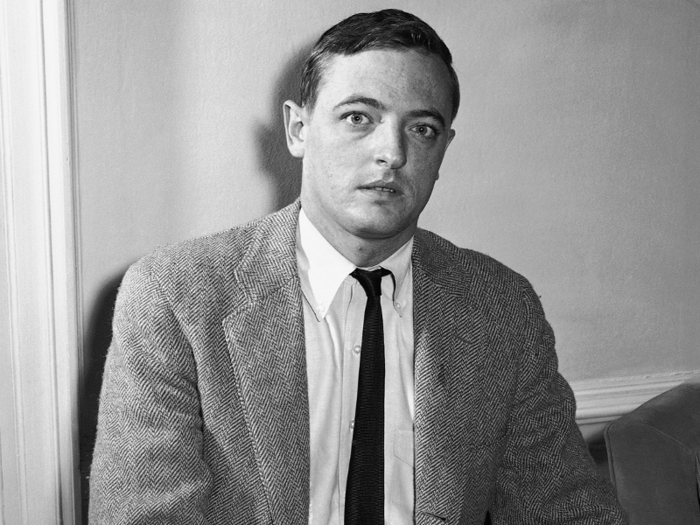
Known for his outspokenness and transatlantic accent, Buckley symbolized the most conservative brand of politics.
At Yale, he acted as chairman of the Yale Daily News and was a member of the debate team. Buckley later founded the political magazine the National Review, still in production today. He also wrote many spy novels throughout his life.
John F. Kerry — Class of 1966
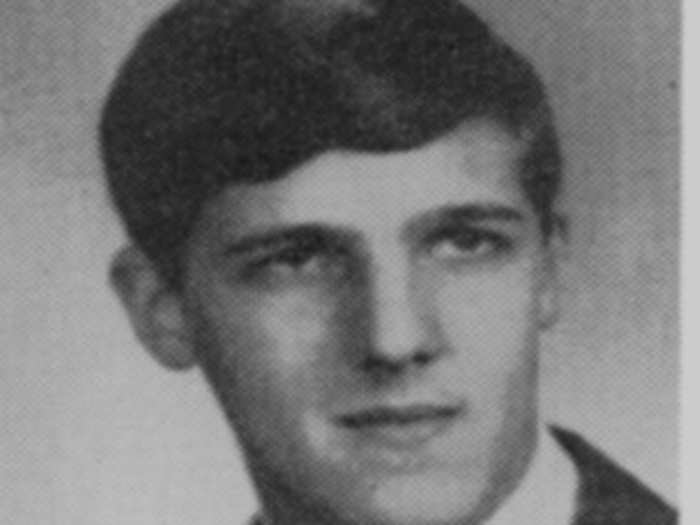
The current secretary of state and former senator from Massachusetts, Kerry spent a childhood abroad with his diplomat father before attending Yale and gaining membership into Skull and Bones.
While at Yale, he served as the (liberal) president of the Yale Political Union, although his candidacy in the 2004 presidential race didn't end quite as well.
Kerry's period as an on-campus Bonesman just missed — by two years — intersecting with the man he would come to challenge in that messy political head-to-head.
Frederick Wallace Smith — Class of 1966
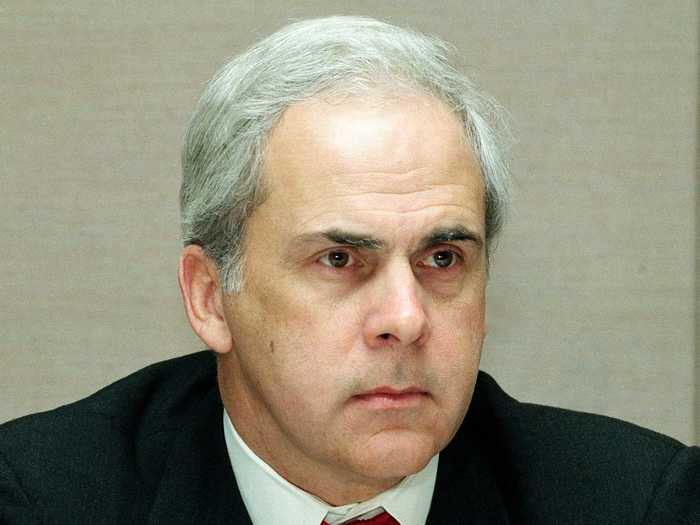
Smith, an often forgotten Bonesman, founded FedEx, the first and largest express delivery company in the world. He serves as president, chairman, and CEO of the multibillion-dollar company.
He earned his degree in economics, and many speculated he might land a role in John McCain's potential presidential cabinet or even be his VP pick.
Defying ideological borders, Smith was close friends with both Bush and Kerry during his days at Yale.
Smith also made a brief cameo in the movie "Cast Away." (If you'll recall, Wilson, the friendliest volleyball, arrived in a FedEx box.)
George W. Bush — Class of 1968

"W's" family name had become synonymous with Skull and Bones by the time he arrived on Yale's campus. There were rumors that Bush almost missed getting tapped by the group, but he ended up becoming the third Bonesman to become president.
We don't know much about Bush's time in the club. "My senior year I joined Skull and Bones, a secret society, so secret I can't say anything more," he wrote in his 1999 autobiography, "A Charge to Keep." Bush, however, carries a certain disdain for Yale's brand of East Coast elitism, as The Atlantic pointed out.
Stephen A. Schwarzman — Class of 1969
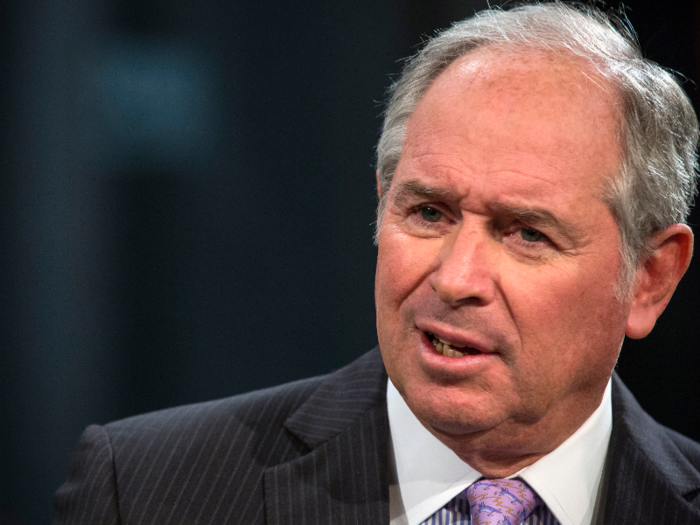
The club tapped Schwarzman only a year behind George W. Bush. He came to prominence under the future president's administration when his hedge fund, The Blackstone Group, went public in 2007.
The SEC filings for Blackstone's IPO revealed that Schwarzman had made an average of $1 million per day for the fiscal year ending December 2006. Forbes estimates his personal fortune at around $7.7 billion. In November 2015, Business Insider referred to him as "the richest man in private equity."
In 2010, Schwarzman famously compared the Obama administration's plan to raise taxes to Hitler's invasion of Poland. He apologized after the media hullabaloo.
Dana Milbank — Class of 1990
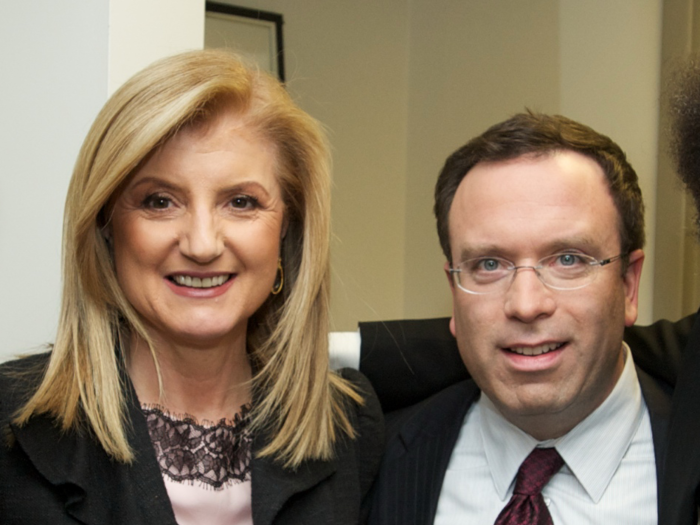
Milbank begins the newest generation of Bonesmen on the list. He's a journalist who has covered both the Bush and Obama presidencies extensively, offending both at one time or another.
Milbank writes a column for The Washington Post, and he wrote "Tears of a Clown: Glenn Beck and the Teabagging of America," among other books.
Austan Goolsbee — Class of 1991
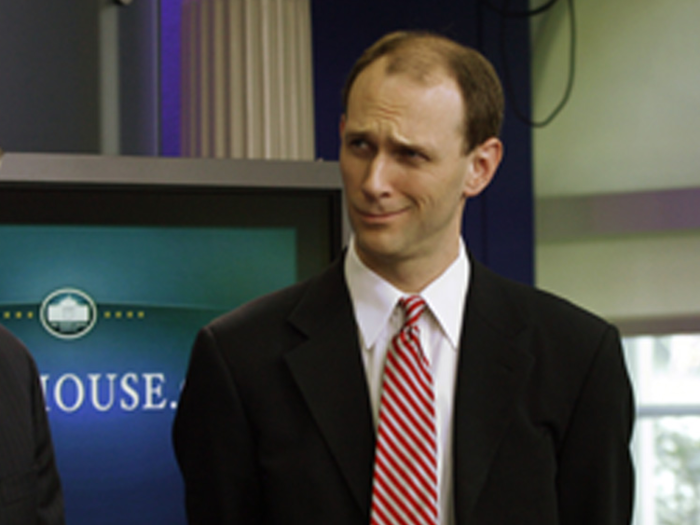
Another newbie Bonesman by usual standards, Goolsbee, a 46-year-old economist, was the youngest member of Obama's cabinet.
The Texas-born economist was presumably tapped in 1989 while studying economics and performing with the Yale improv troupe "Just Add Water."
He made notable appearances on the "The Daily Show," and Jon Stewart described him as “Eliot Ness meets Milton Friedman" — a reference, respectively, to a federal agent who took down Al Capone and a famous economist who won the Nobel Prize.
Popular Right Now
Popular Keywords
Advertisement
